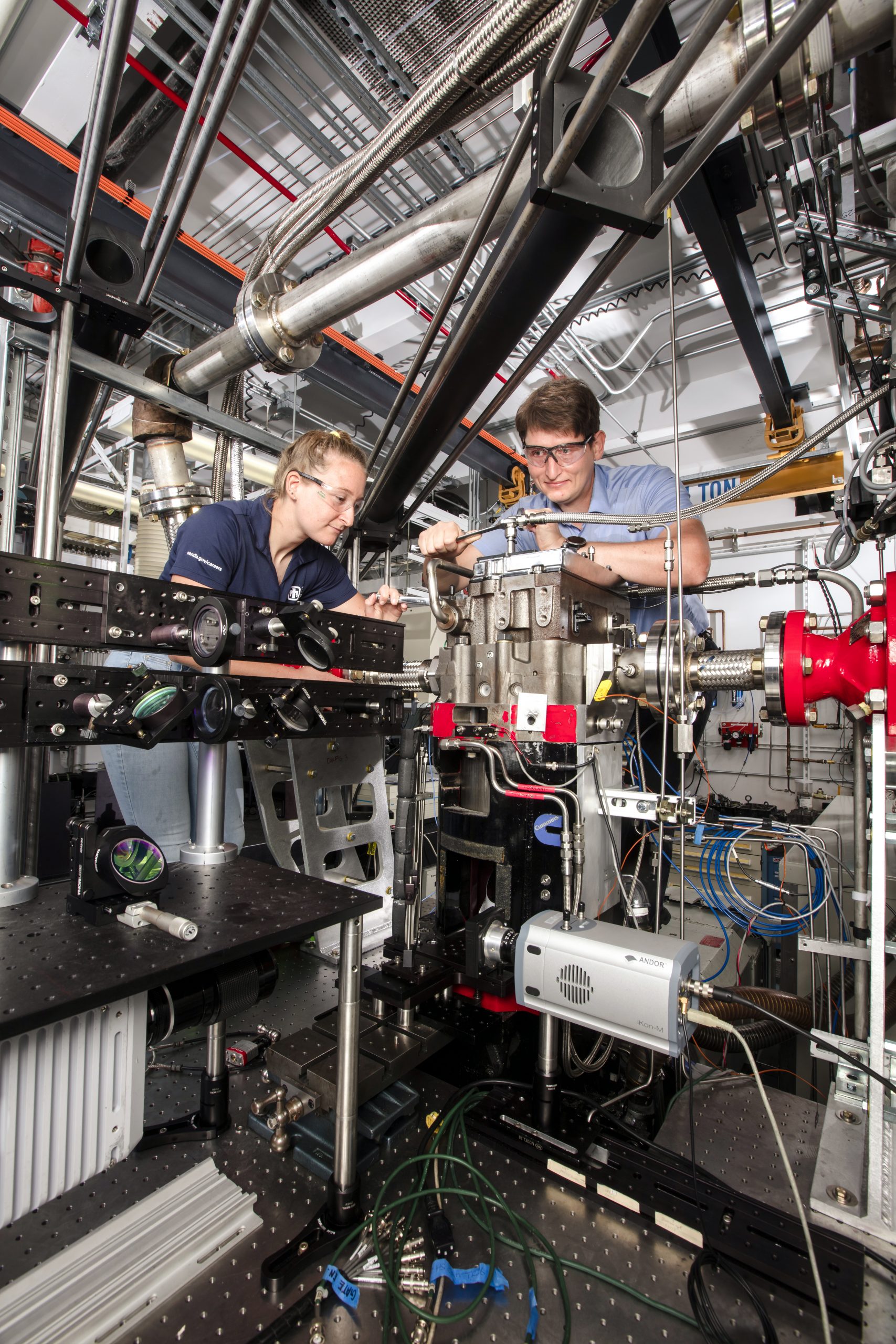
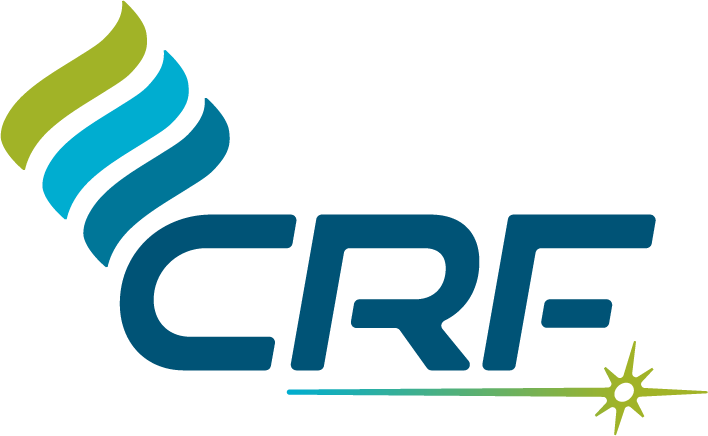
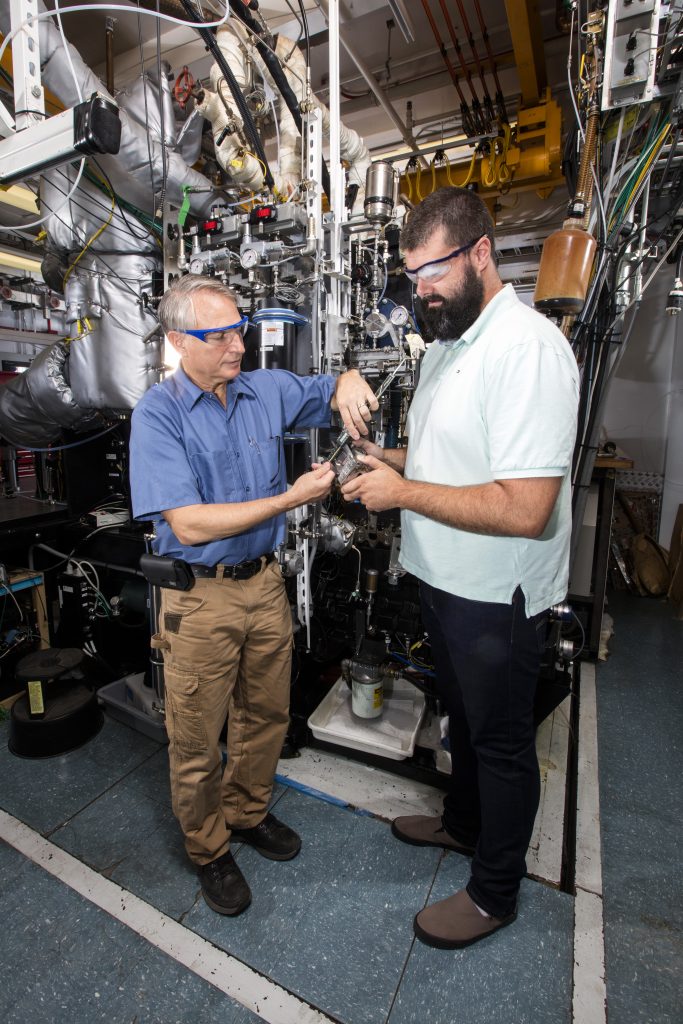
Experimental Capabilities
Sandia Labs scientists develop ground-breaking experimental measurement capabilities, working on the frontiers of spectroscopic science and analytical methods to provide novel insights. We not only develop and apply sensitive and high-resolution optical and laser spectroscopy methods, but also have been instrumental in developing photoionization mass spectrometry for flame analysis, chemical kinetics, and heterogeneous catalysis research.
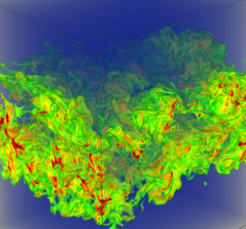
Computation & Theory
Sandia researchers develop and use computational capabilities to perform a range of calculations that includes automated searches of chemical potential energy surfaces, direct numerical simulation (DNS) and large eddy simulation (LES) of combustion phenomena, uncertainty quantification, Bayesian analysis for optimal experimental design, advanced applications of machine learning, and coupled cluster quantum chemistry calculations.
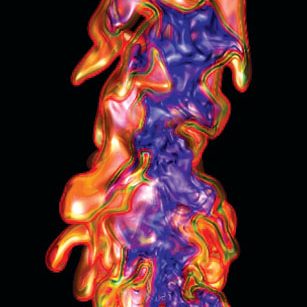
Chemical Physics
The CRF carries out fundamental chemical physics research across scales of complexity from atoms to systems, focusing on forefront basic science to understand the interactions of light and electric and magnetic fields with matter, the transfer of energy among electrons, atoms and molecules, the chemical processes that are driven by electrons or heat, the reactions of gas-phase species at interfaces, and complex gas-phase chemical reactivity under varied conditions (e.g., high pressure, confined spaces, and extreme temperature variations).
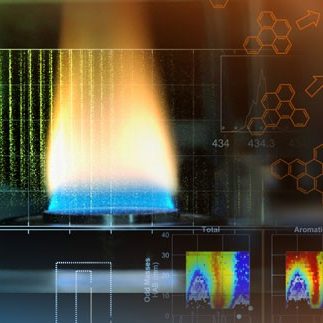
Engine Combustion
CRF collaborations with U.S. engine manufacturers have increased scientific understanding of internal combustion processes that improve engine efficiency and reduce emissions. CRF research supports industry with advanced combustion strategies: ultra-low-emission, low-temperature combustion; stratified-charge, spark-ignition combustion; and advanced diesel combustion approaches. Researchers are also developing sensitive, high-energy, laser-based diagnostics for measuring real-time particulate matter in engine exhaust streams.
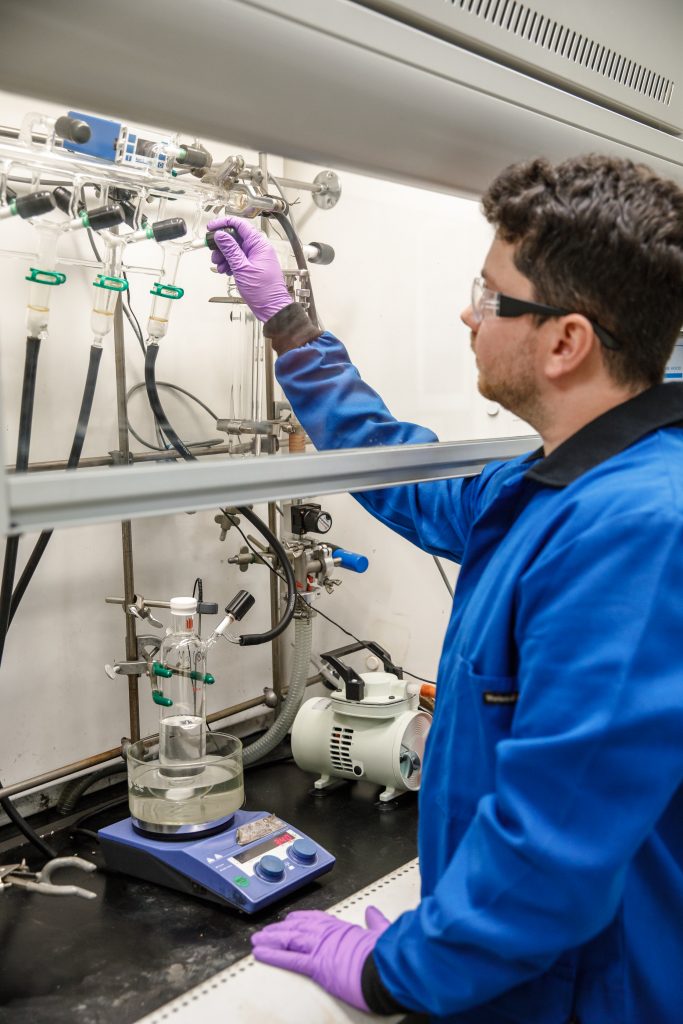
Hydrogen
Quantitative understanding and scientific basis for materials and safety contributes to the science of advanced hydrogen and fuel cell (H2FC) technologies. Sandia researchers have developed methods to discover materials for hydrogen production, storage and use, evaluating their properties and performance. This not only provides the technical basis for assessing the safety of hydrogen fuel cell systems and performs quantitative risk assessment, but also evaluates the hydrogen compatibility of materials, and characterizes the behavior of hydrogen at high pressure and cryogenic temperatures, offering science-based code improvements to domestic and international committees.
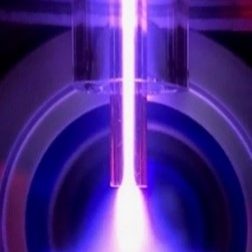
Fusion
CRF researchers are applying uncertainty quantification to the modeling of plasma-material interactions and are applying advanced laser diagnostics and mass spectrometry approaches to investigate low-temperature plasma phenomena. This supports DOE Fusion Energy Science efforts to develop magnetic confinement fusion as a practical source of electrical power.